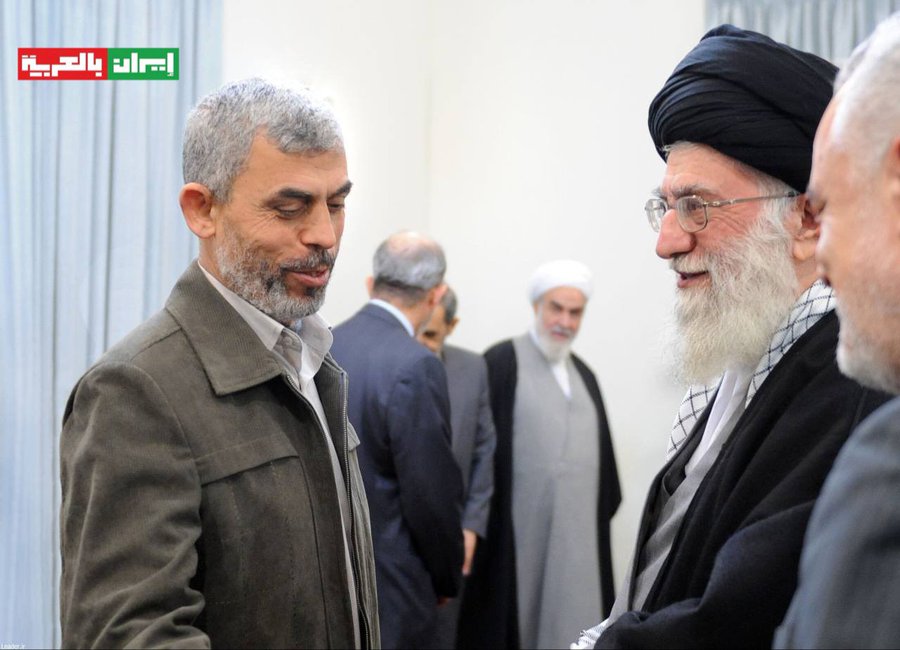Western intelligence sources indicate that Iran is particularly furious with the military leadership of Hamas, especially Yahya Sinwar, who since October 7, 2023, has embroiled Iran and the axis of resistance in a precarious military adventure.
This has exacted a steep price and threatens the stability of the resistance network.
According to these sources, Sinwar exploited Iran and Hezbollah to bolster Hamas’s military infrastructure in Gaza.
However, he concealed the precise timing of the surprise attack on October 7 against Israeli settlements near Gaza.
Sinwar sought personal glory, aspiring to be remembered as the Sunni Muslim architect of the operation, akin to Salah ad-Din Al-Ayoubi, the Muslim commander who liberated Jerusalem from the Crusaders in 1187 CE.
He deliberately sidelined the Shiite-led resistance axis headed by Iran.
In hindsight, Sinwar’s calculations proved accurate: Iran and its allies were drawn into the conflict following Hamas’s lead.
As the war in Syria continues between armed jihadist factions and Bashar Assad’s Syrian regime, the depth of Iran’s post-October 7 crisis is becoming increasingly evident.
Hamas’s surprise attack forced Iran to involve Hezbollah in the conflict to support Gaza, resulting in severe losses for the axis of resistance.
Israel responded by eliminating key Hamas leaders abroad, including Ismail Haniyeh and his deputy Saleh al-Arouri.
Additionally, it decimated Hezbollah’s military and political leadership, including Hassan Nasrallah, and destroyed approximately 70% of its missile and rocket arsenal.
Realizing the magnitude of the damage, Iran ordered Hezbollah’s new Secretary General, Sheikh Naim Qassem, to cut its losses.
This included severing ties with Gaza and agreeing to a ceasefire with Israel to facilitate Hezbollah’s rehabilitation.
However, a second crisis struck. Jihadist groups launched surprise attacks against Assad’s regime, threatening to topple him.
This development significantly jeopardized Iran’s interests in Syria, including its control over strategic cities like Aleppo and Hama, which it has now lost.
Western intelligence sources argue that Sinwar’s actions inadvertently led to a direct military confrontation between Iran and Israel.
As a result, Iran’s strategic air defense systems have been compromised, leaving its nuclear facilities vulnerable to Israeli attacks.
The conflict also unleashed a chain reaction that undermines Iran’s position in the Middle East.
Turkey, a NATO member with a much stronger economy than Iran, has entered the Syrian theater.
Meanwhile, Israel has threatened military intervention in Syria if its security interests are at risk.
Iran, having invested heavily in Syria since 2011, is now losing the military and economic dominance it once held.
In conclusion, Western intelligence officials assert that Iran has emerged as the primary loser of the October 7 attack on Israel due to Yahya Sinwar’s recklessness.




